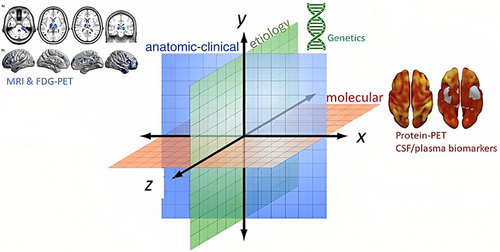INTRODUCTION: Patients with Down syndrome (DS) who exhibit Alzheimer disease (AD) are associated with age. Both diseases with a common neuropathological basis have been associated with late-onset myoclonic epilepsy (LOMEDS). This entity presents electroencephalogram features as generalized polyspike-wave discharges.
METHOD:
We present a series of 11 patients with the diagnosis of DS or AD who developed myoclonic seizures or generalized tonic-clonic seizures. In all cases, clinical and neuroimaging studies and polygraph EEG monitoring was performed.
RESULTS:
In all cases, cognitive impairment progressed quickly after the onset of epilepsy causing an increase in the degree of dependence. The most common finding in the EEG was a slowing of brain activity with theta and delta rhythms, plus intercritical generalized polyspike-waves were objectified in eight patients. In neuroimaging studies was found cerebral cortical atrophy. The most effective drug in this series was the levetiracetam.
CONCLUSIONS:
The association of generalized epilepsy with elderly DS represents an epiphenomenon in evolution which is associated with a progressive deterioration of cognitive and motor functions. This epilepsy has some electroclinical characteristics and behaves as progressive myoclonic epilepsy, which is probably related to the structural changes that characterize the evolutionary similarity of DS with AD. Recognition of this syndrome is important, since it has prognostic implications and requires proper treatment.
Reference: Neurologia. 2015 Feb 5. pii: S0213-4853(15)00003-1. doi: 10.1016/j.nrl.2014.12.008

